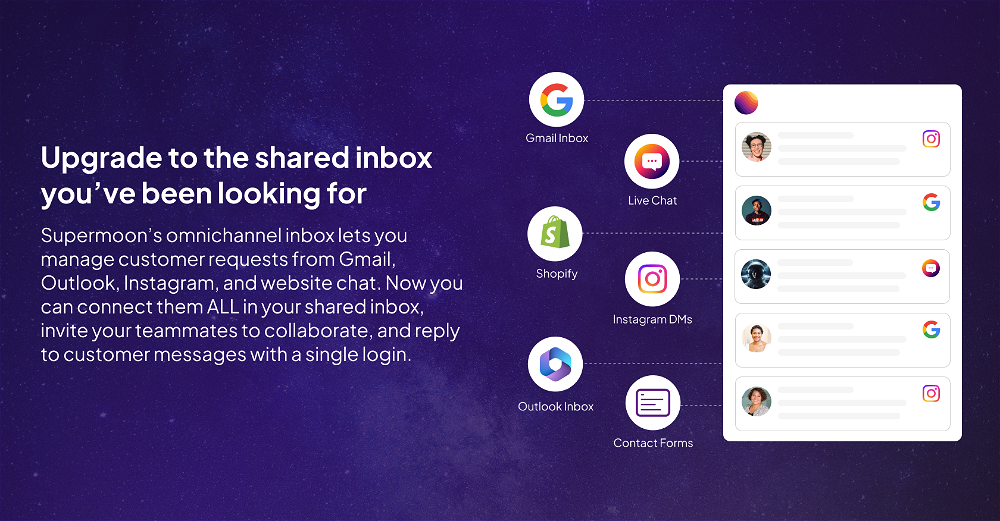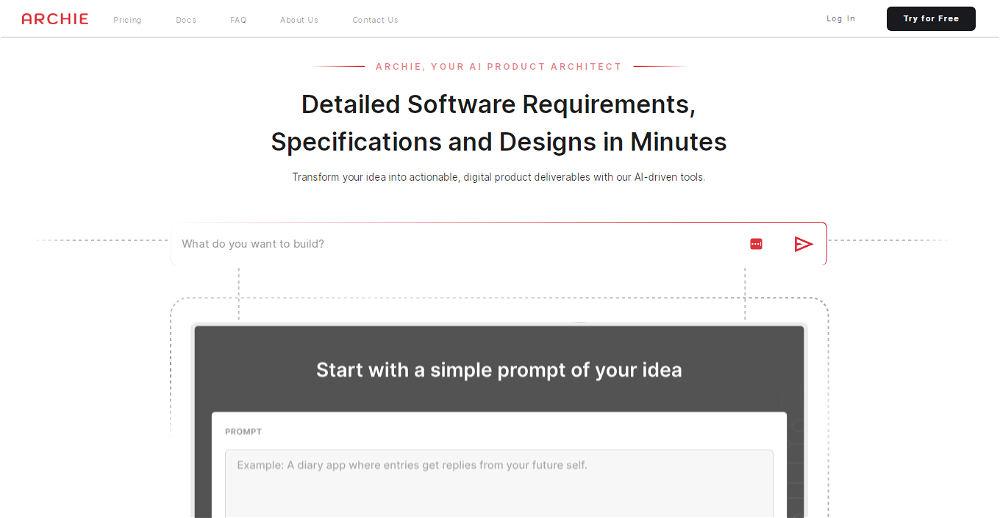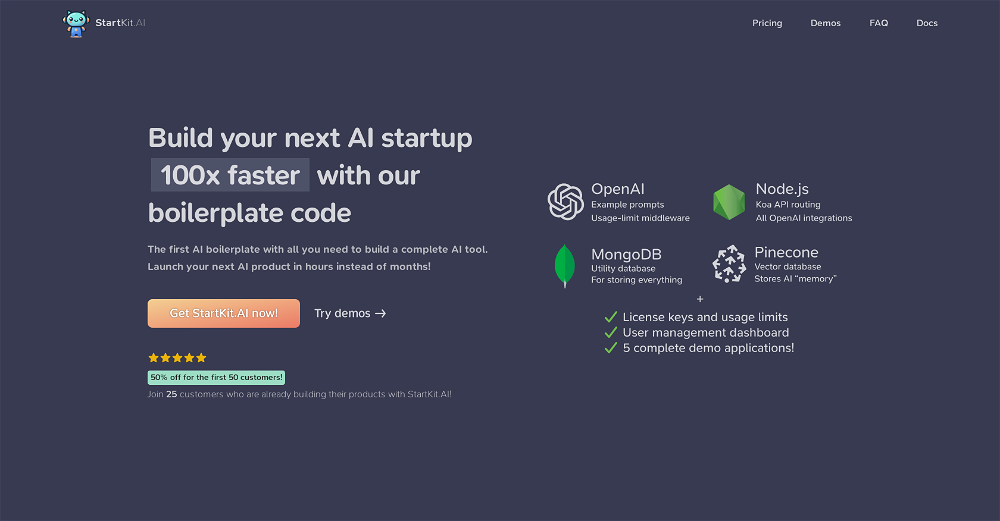What is Automorphic?
Automorphic is a platform that enhances language models with knowledge infusion tools, such as Conduit, and conversion tools like TREX. It also provides security measures with Aegis, a tool designed to protect against adversarial attacks. The Automorphic Hub allows users to access models trained and refined on the platform for their own usage. Furthermore, Automorphic's tools support seamless integration with the OpenAI API, ensuring flexibility and adaptability for users.
What is Conduit and how does it improve language models?
Conduit is a tool by Automorphic specifically designed to infuse knowledge into language models. It bypasses the inefficiencies and limitations of traditional prompt stuffing, allowing the fine-tuning of language models. Conduit also enables the training of adapters for specific behavior or knowledge, which can be dynamically combined. Crucially, it provides the ability to rapidly iterate on models through incorporating human-in-the-loop feedback, which helps streamline model deployment. Furthermore, Conduit augments user datasets to improve models continuously, ensuring they remain self-improving.
How does Conduit enable quick loading and stacking of fine-tuned adapters?
Conduit enables the quick loading and stacking of fine-tuned adapters by facilitating efficient data handling and processing. By eliminating concerns over performance and deployment, it allows users to focus on fine-tuning models and providing feedback. This results in reduced waiting times and increased operational efficiency.
Can Conduit be integrated easily into my already existing codebase?
Absolutely, Conduit can be integrated easily into already existing codebases. It is declared to be compatible with the OpenAI API, meaning users can use it with no changes to their current codes.
What is the purpose of the Automorphic Hub?
The Automorphic Hub serves as the platform where publicly shared models that have been trained and normalized on Automorphic are made available for inference. It acts as a repository for these models, facilitating easy access and utilization for users.
Can I access models from other users on the Automorphic Hub?
Yes, the Automorphic Hub allows users to access models that have been shared publicly. These models have been trained and improved using Automorphic and can be used for inference in their applications.
What is TREX and what advantages does it offer over OpenAI's functions?
TREX is a tool by Automorphic that transforms unstructured data into a structured format as per the user's choice. With TREX, the output from language models becomes 100% predictable as it is converted into user-selected structured formats. Unlike OpenAI's default functions, TREX offers high customization options, giving users more control and flexibility over their data processing.
Can TREX convert unstructured data into JSON or XML?
Yes, TREX can indeed convert unstructured data into either JSON or XML, offering a comprehensive range of structured formats to choose from, which includes but is not limited to JSON and XML. These might even be formats defined by a regular expression or context-free grammar.
What is Aegis and how does it protect language models and users?
Aegis is essentially a firewall tool provided by Automorphic, designed to protect language models and users from adversarial attacks. Aegis effectively defends against prompt injections, prompt and personal identifiable information (PII) leakage, and also toxic language. This ensures the integrity of the models and ensures user data security.
Does Aegis have the capability to detect toxic language and PII leakage?
Yes, it is a core function of Aegis to detect toxic language and PII leakage. Aegis is designed to safeguard against these particular threats alongside additional measures for defending against prompt injections.
How does Aegis improve its detection capabilities over time?
Aegis improves its detection capabilities over time by learning from usage. This means the more it is used, the more effective it becomes at identifying and countering adversarial attacks, enhancing its protective measures over time.
What is meant by 'infusing knowledge into language models'?
Infusing knowledge into language models is the process of fine-tuning these models to include specific knowledge or behavior. This is achieved through training adapters which are then dynamically combined. It overcomes the inefficiencies and limitations of traditional prompt stuffing methods.
How does Conduit incorporate human-in-the-loop feedback?
Conduit incorporates human-in-the-loop feedback by using it to continuously adapt and refine the language models. This feedback, either manual or by labeling inference requests, helps with iterating the models rapidly, leading to more efficient model deployment.
How can Automorphic update models based on user feedback or manual labelling?
Automorphic updates models based on user feedback or manual labeling through its Conduit tool. When users provide either manual feedback or label their inference requests, Conduit leverages this information to update the models, resulting in continuous improvement of the models.
How compatible is Automorphic with OpenAI API?
Automorphic seamlessly integrates with the OpenAI API, enhancing its compatibility with existing codebases and allowing users to incorporate Automorphic's features without making changes to their existing code.
What formats can TREX convert the unstructured data into?
TREX, a tool provided by Automorphic, can convert unstructured data into any structured format as defined by the user. This includes popular data organization methods like JSON, XML, YAML, or any other format defined by a regular expression or context-free grammar.
Is Automorphic a secure platform?
Automorphic is a secured platform. It prioritizes model and user protection against adversarial attacks, prompt and PII leakage, and toxic language. Its built-in firewall tool, Aegis, learns continuously from usage, allowing it to improve its detection and defense mechanisms over time.
How does Aegis protect against adversarial attacks?
Aegis, Automorphic's built-in firewall, actively protects against adversarial attacks by detecting and defending against prompt injections, prompt and PII leakage, and toxic language. By learning from usage, Aegis continually upgrades its detection capabilities and effects stronger defenses against potential attacks.
Can Automorphic overcome limitations of prompt stuffing?
Absolutely, Automorphic, through its tool Conduit, effectively bypasses the inefficiencies and limitations of traditional prompt stuffing. It enables fine-tuning of language models and the training of adapters for specific behavior or knowledge, which are then dynamically combined. This approach allows Automorphic to seamlessly infuse knowledge into the language models.
How do language models and users benefit from Automorphic's continuous learning and updating features?
Automorphic's continuous tool offerings bring numerous benefits to both language models and users. The self-improving nature of Conduit enables constant model improvement, while Aegis provides robust defense against adversarial attacks. Users benefit from Automorphic's compatibility with the OpenAI API, the flexibility of TREX's data conversions, and the availability of a multitude of public models through the Automorphic Hub. All these attributes ensure a more efficient, flexible, and secure user experience.













